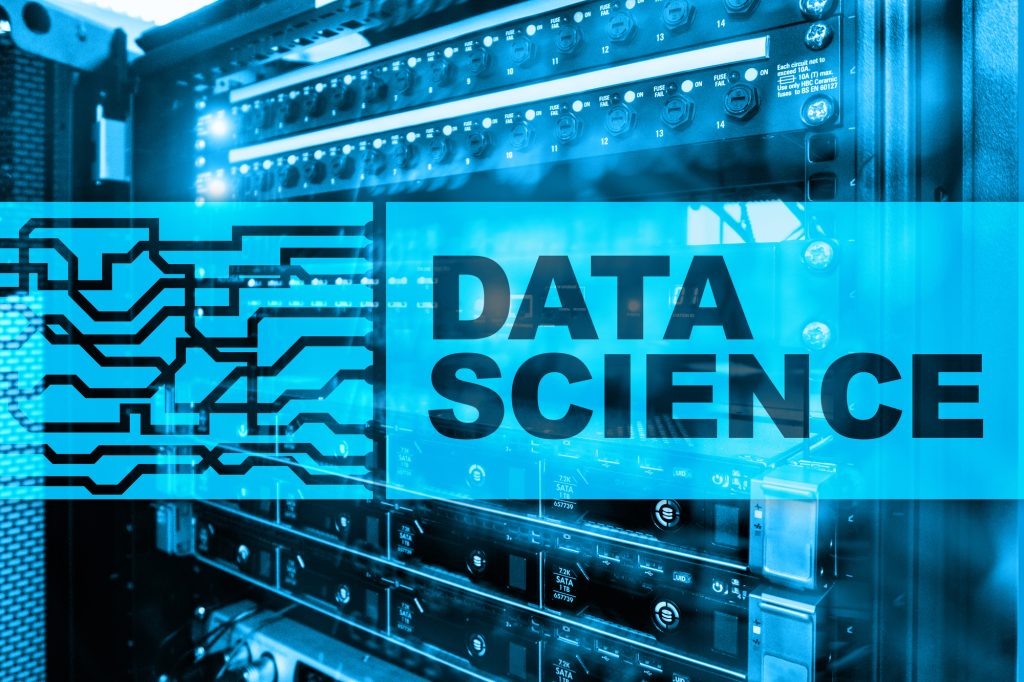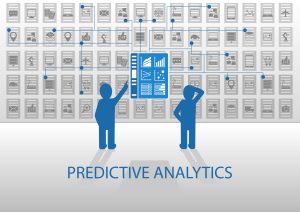
Proponents of analytics — and there are many — point to its ability to keep pace with exponentially growing data, identify patterns, and even predict future trends.
Laboratories generate significant levels of data every day, so labs seem to be a textbook case for the type of organization that would benefit from advanced analytics. But what are the practical applications of this technology, and how can you harness it to deliver measurable benefits in your own lab?
While the answer will vary from lab to lab since different industries and organizations have different needs, there are countless exciting possibilities. Here are just a few common use case examples from a range of industries – all of which stand to benefit from the recent release of LabVantage Analytics (more on that at the end of this article).
· Pharmaceuticals
Calibration curve generation in Pharmacokinetic modeling is a common technique used in the pharma industry to establish the time course of effect intensity in response to administration of a drug dose. Advanced analytics provides a wide variety of regression types covering linear/non-linear regressions along with different weights to facilitate different scenario analysis and generate the best possible standard curve using known concentrations of the analyte being assayed.
· Manufacturing

· Food Processing
Leverage analytics to identify processing unit areas that need to be swabbed to check for the presence of various contaminants such as Listeria. These insights are made possible by data-driven risk assessments of different surfaces, leading to improved quality control.
· Biotechnology
Biotech firms can use analytics tools to compute immunogenicity cut points and assay sensitivity. Computations can be used for screening assays, confirmatory assays, and neutralizing assays – including both parametric and non-parametric analyses.
These capabilities make it possible to configure the workflow for immunogenicity checks, including screening, confirmatory, titer, and so on. Users can apply cut points and rules at sample/replicate as well as plate levels, considering NC, HPC, LPC, and more.
· Material Science
Leverage data science and simulations to predict a recipe that uses a chosen set of raw materials & meets the desired specifications. Analytics can also help predict how a new recipe performs in a given application & how a historical recipe performs in a new application.
· Health Care
Analytics facilitates digital pathology by leveraging deep learning algorithms to drive improved quality and efficiency of clinical decisions. In addition to rapid decision-making, this process also reduces opportunities for human error.
· Lab Operations, Chemometrics and R&D
LabVantage Analytics’ recommendations engine can facilitate chemometrics, help determine which lab methods will be most effective for analysis and help in the holistic evaluation of lab results for quality assurance. When a user submits a new analysis request, lab-method names can be recommended based on similarity scores of other successful requests in the past. If the person who approves the test determines that the user-selected lab method name should be changed, the result is written back to the LIMS along with the preparation method, balance id, instrument id, and instrument method.
R&D operations can also reduce costs and timelines by using analytics to provide a comprehensive view across all their labs. This approach has been shown to prevent needless repetition of experiments, leading to significant cost and time savings.
From Promise to Tangible Benefits
You can make your lab smarter with LabVantage Analytics, a full-featured, self-service platform. Designed by analytics industry experts, LabVantage Analytics seamlessly integrates with all elements of the LabVantage LIMS platform – providing a single user interface and workflow.
Combining advanced analytics with AI and machine learning, LabVantage Analytics looks for patterns, behaviors, opportunities, and risks to predict future outcomes and recommended actions that can enhance your lab’s efficiency and profits. Contact us today to learn more.




